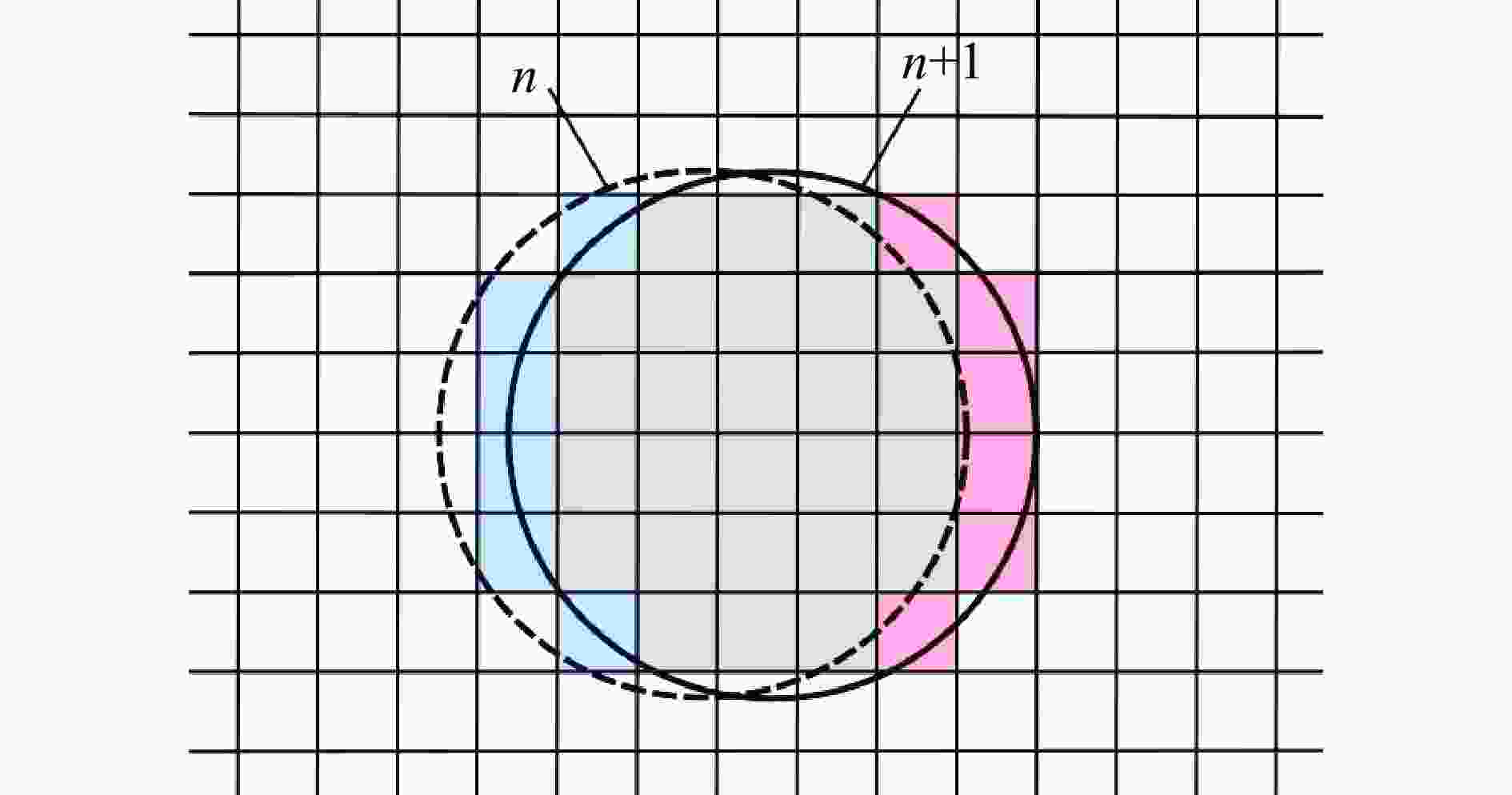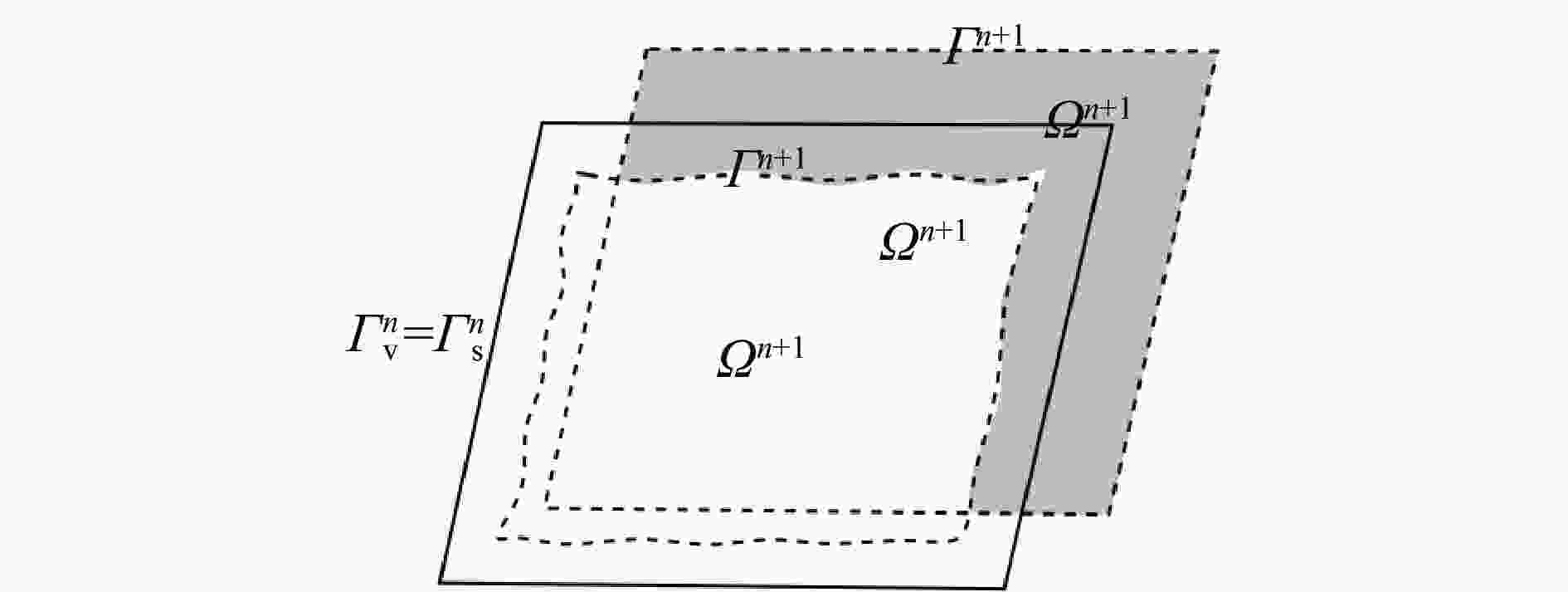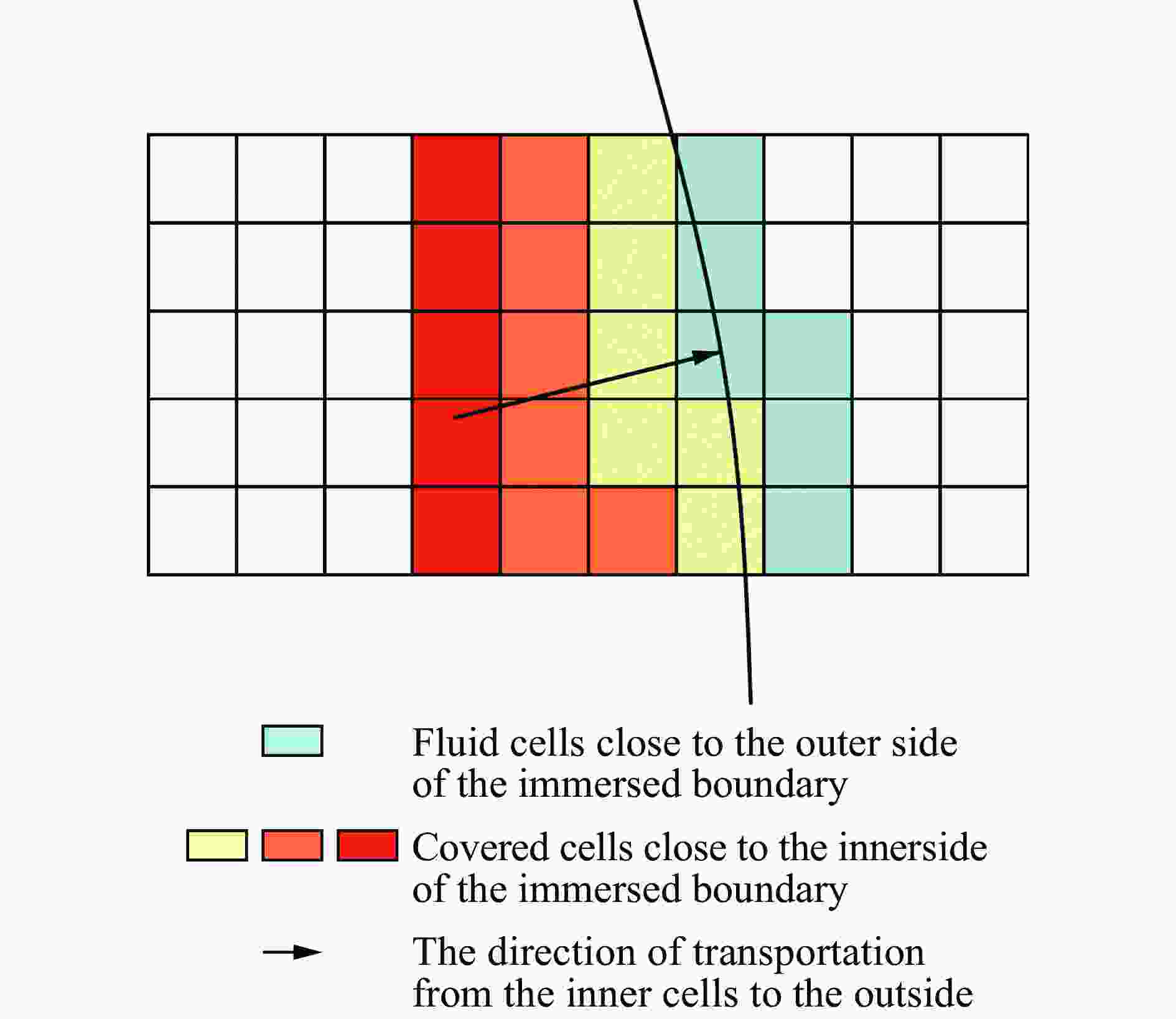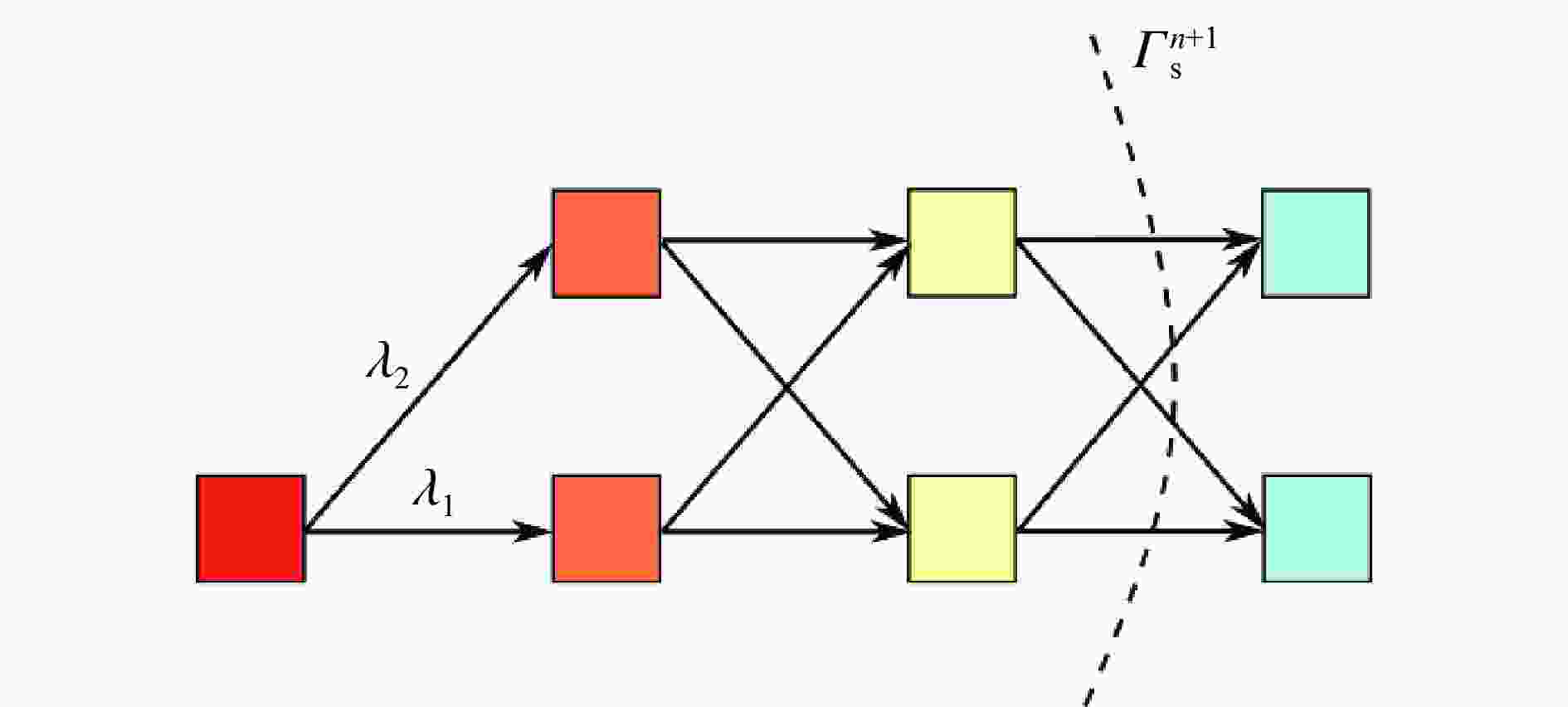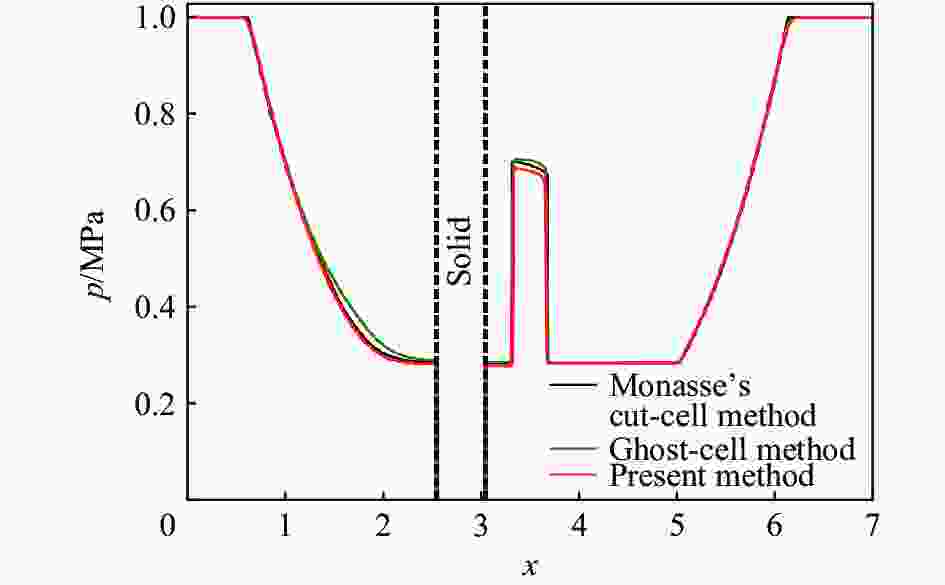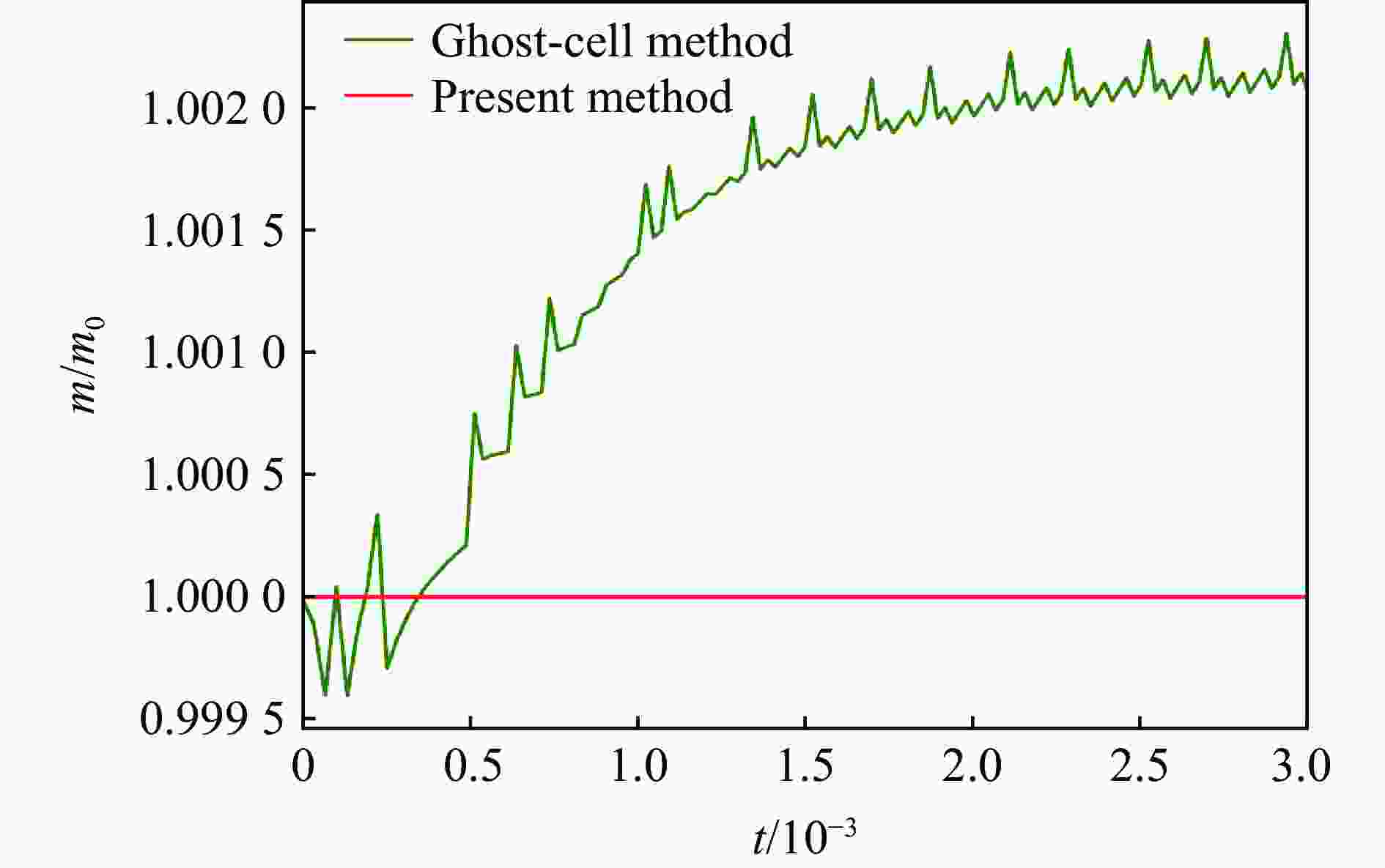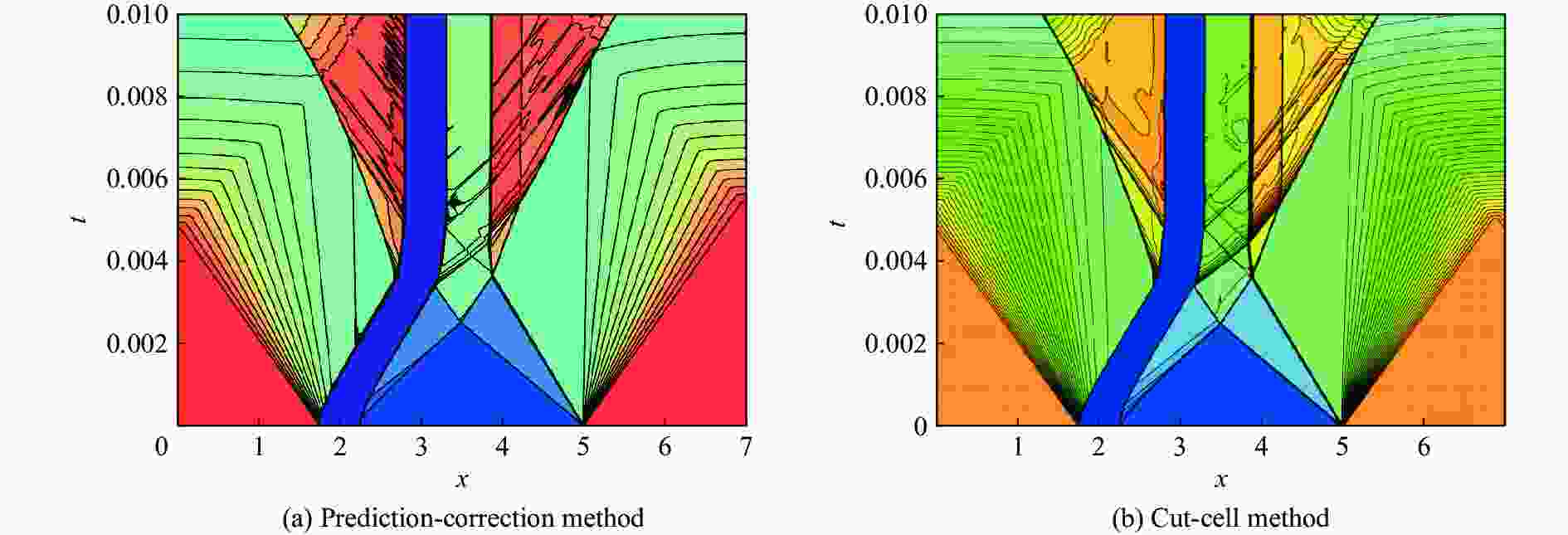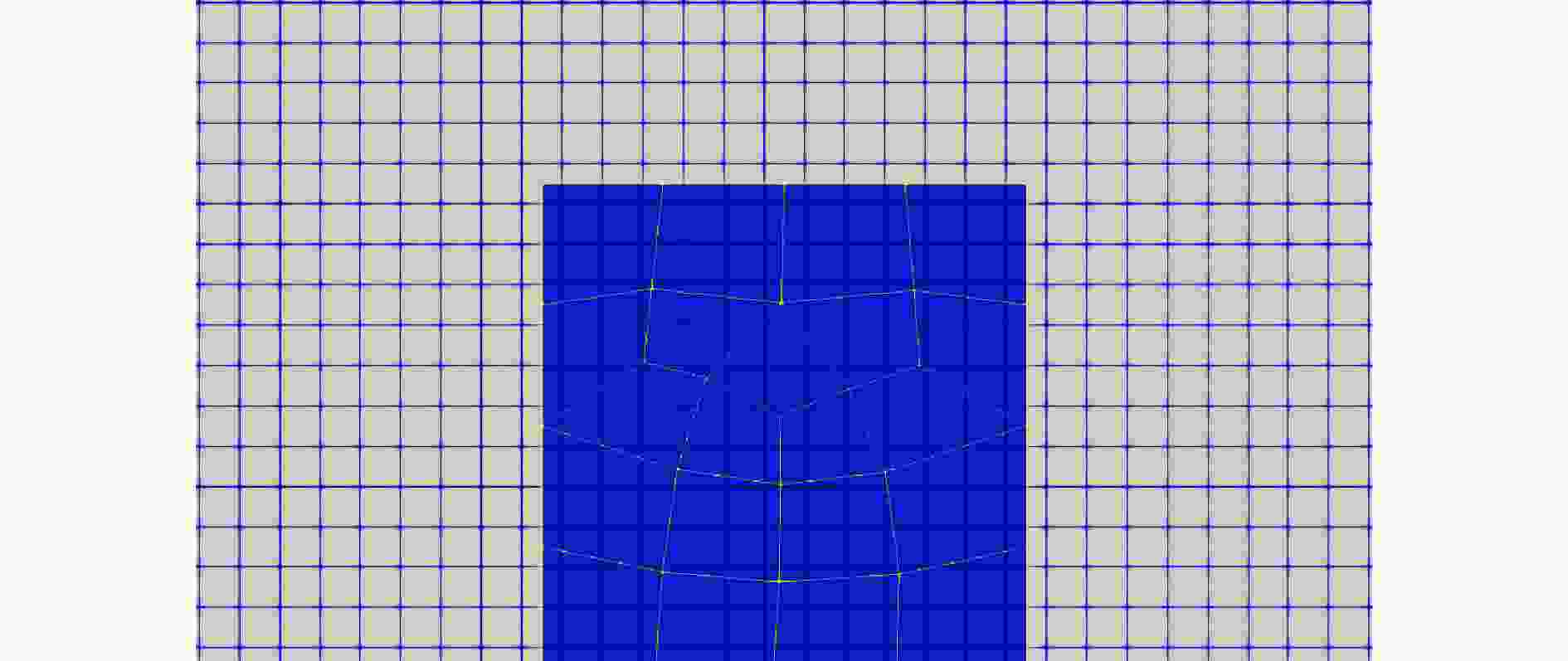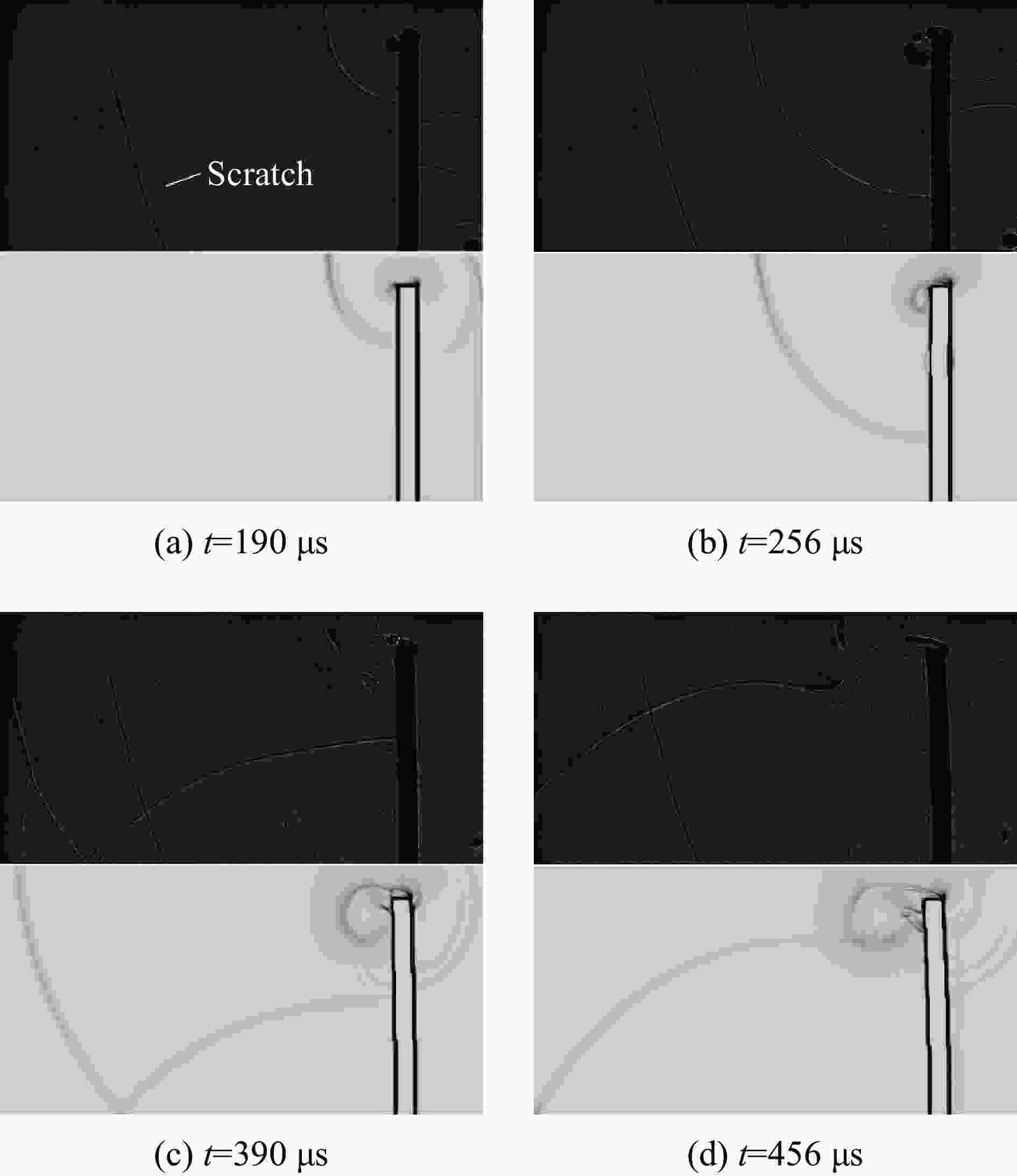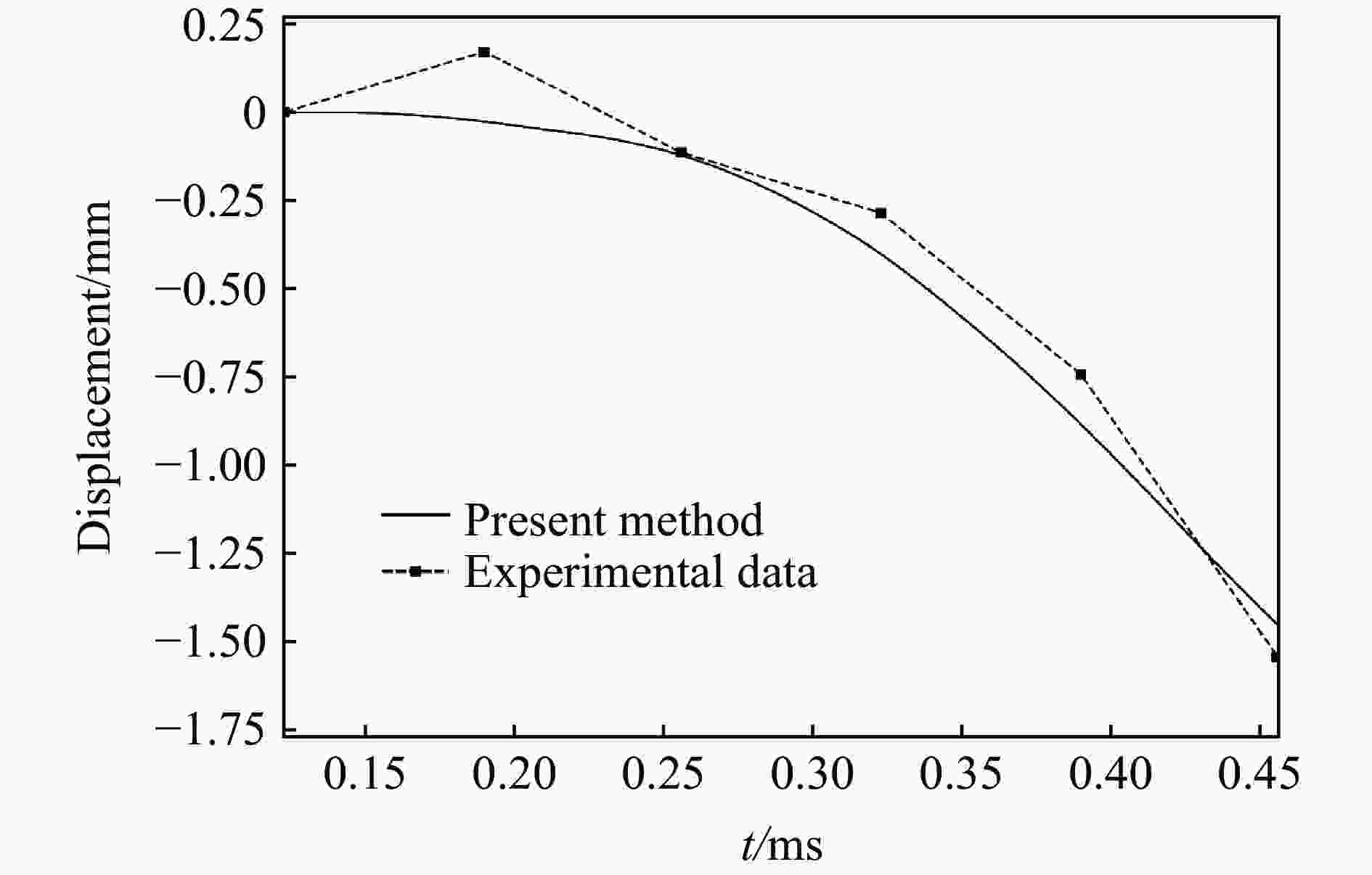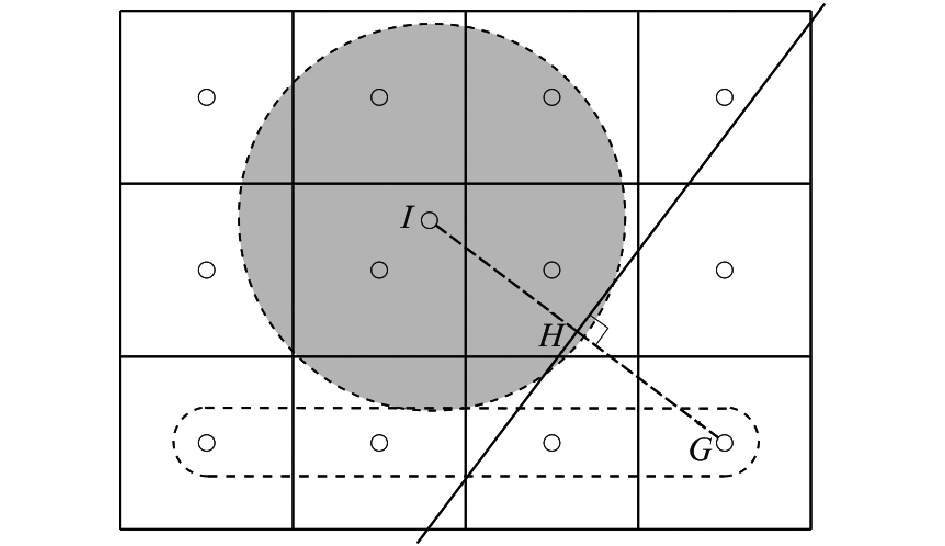| [1] |
PESKIN C S. Flow patterns around heart valves: a numerical method [J]. Journal of Computational Physics, 1972, 10(2): 252–271. DOI: 10.1016/0021-9991(72)90065-4.
|
| [2] |
PESKIN C S. Numerical analysis of blood flow in the heart [J]. Journal of Computational Physics, 1977, 25(3): 220–252. DOI: 10.1016/0021-9991(77)90100-0.
|
| [3] |
王力, 田方宝. 浸入边界法及其在可压缩流动中的应用和进展 [J]. 中国科学: 物理学 力学 天文学, 2018, 48(9): 094703. DOI: 10.1360/SSPMA2018-00191.WANG L, TIAN F B. Recent progress of immersed boundary method and its applications in compressible fluid flow [J]. Scientia Sinica Physica, Mechanica & Astronomica, 2018, 48(9): 094703. DOI: 10.1360/SSPMA2018-00191.
|
| [4] |
SEO J H, MITTAL R. A high-order immersed boundary method for acoustic wave scattering and low-Mach number flow-induced sound in complex geometries [J]. Journal of Computational Physics, 2011, 230(4): 1000–1019. DOI: 10.1016/j.jcp.2010.10.017.
|
| [5] |
王力, 田方宝. 弹性拍翼悬停时的流固耦合效应 [J]. 气体物理, 2020, 5(4): 21–30. DOI: 10.19527/j.cnki.2096-1642.0812.WANG L, TIAN F B. Fluid-structure interaction of flexible flapping wing in hovering flight [J]. Physics of Gases, 2020, 5(4): 21–30. DOI: 10.19527/j.cnki.2096-1642.0812.
|
| [6] |
CHENG L, DU L, WANG X Y, et al. A semi-implicit immersed boundary method for simulating viscous flow-induced sound with moving boundaries [J]. Computer Methods in Applied Mechanics and Engineering, 2021, 373: 113438. DOI: 10.1016/j.cma.2020.113438.
|
| [7] |
赵西增, 付英男, 张大可, 等. 紧致插值曲线方法在流向强迫振荡圆柱绕流中的应用 [J]. 力学学报, 2015, 47(3): 441–450. DOI: 10.6052/0459-1879-14-387.ZHAO X Z, FU Y N, ZHANG D K, et al. Application of a CIP-based numerical simulation of flow past an in-line forced oscillating circular cylinder [J]. Chinese Journal of Theoretical and Applied Mechanics, 2015, 47(3): 441–450. DOI: 10.6052/0459-1879-14-387.
|
| [8] |
段松长, 赵西增, 叶洲腾, 等. 错列角度对双圆柱涡激振动影响的数值模拟研究 [J]. 力学学报, 2018, 50(2): 244–253. DOI: 10.6052/0459-1879-17-345.DUAN S C, ZHAO X Z, YE Z T, et al. Numerical study of staggered angle on the vortex-induced vibration of two cylinders [J]. Chinese Journal of Theoretical and Applied Mechanics, 2018, 50(2): 244–253. DOI: 10.6052/0459-1879-17-345.
|
| [9] |
杨明, 刘巨保, 岳欠杯, 等. 涡激诱导并列双圆柱碰撞数值模拟研究 [J]. 力学学报, 2019, 51(6): 1785–1796. DOI: 10.6052/0459-1879-19-224.YANG M, LIU J B, YUE Q B, et al. Numerical simulation on the vortex-induced collision of two side-by-side cylinders [J]. Chinese Journal of Theoretical and Applied Mechanics, 2019, 51(6): 1785–1796. DOI: 10.6052/0459-1879-19-224.
|
| [10] |
陈威霖, 及春宁, 许栋. 不同控制角下附加圆柱对圆柱涡激振动影响 [J]. 力学学报, 2019, 51(2): 432–440. DOI: 10.6052/0459-1879-18-208.CHEN W L, JI C N, XU D. Effects of the added cylinders with different control angles on the vortex-induced vibrations of a circular cylinder [J]. Chinese Journal of Theoretical and Applied Mechanics, 2019, 51(2): 432–440. DOI: 10.6052/0459-1879-18-208.
|
| [11] |
HOSSEINJANI A A, ROOHI A H. Immersed boundary method for MHD unsteady natural convection around a hot elliptical cylinder in a cold rhombus enclosure filled with a nanofluid [J]. SN Applied Sciences, 2021, 3(2): 270. DOI: 10.1007/s42452-021-04221-3.
|
| [12] |
YE H X, CHEN Y, MAKI K. A discrete-forcing immersed boundary method for turbulent-flow simulations [J]. Proceedings of the Institution of Mechanical Engineers, 2021, 235(1): 188–202. DOI: 10.1177/1475090220927245.
|
| [13] |
SOTIROPOULOS F, YANG X. Immersed boundary methods for simulating fluid-structure interaction [J]. Progress in Aerospace Sciences, 2014, 65: 1–21. DOI: 10.1016/j.paerosci.2013.09.003.
|
| [14] |
YOUSEFZADEH M, BATTIATO I. High order ghost-cell immersed boundary method for generalized boundary conditions [J]. International Journal of Heat and Mass Transfer, 2019, 137: 585–598. DOI: 10.1016/j.ijheatmasstransfer.2019.03.061.
|
| [15] |
吴晓笛, 刘华坪, 陈浮. 基于浸入边界-多松弛时间格子玻尔兹曼通量求解法的流固耦合算法研究 [J]. 物理学报, 2017, 66(22): 224702. DOI: 10.7498/aps.66.224702.WU X D, LIU H P, CHEN F. A method combined immersed boundary with multi-relaxation-time lattice Boltzmann flux solver for fluid-structure interaction [J]. Acta Physica Sinica, 2017, 66(22): 224702. DOI: 10.7498/aps.66.224702.
|
| [16] |
BOUKHARFANE R, EUGȆNIO RIBEIRO F H, BOUALI Z, et al. A combined ghost-point-forcing/direct-forcing immersed boundary method (IBM) for compressible flow simulations [J]. Computers and Fluids, 2018, 162: 91–112. DOI: 10.1016/j.compfluid.2017.11.018.
|
| [17] |
MAJUMDAR S, IACCARINO G, DURBIN P. RANS solvers with adaptive structured boundary non-conforming grids [J]. Center for Turbulence Research. Annual Research Briefs, 2001: 353–366.
|
| [18] |
朱祥德, 陈春刚, 肖锋. 一种基于多矩的有限体积浸入边界法 [J]. 计算物理, 2010, 27(3): 342–352. DOI: 10.19596/j.cnki.1001-246x.2010.03.004.ZHU X D, CHEN C G, XIAO F. A multi-moment immersed-boundary finite-volume scheme [J]. Chinese Journal of Computational Physics, 2010, 27(3): 342–352. DOI: 10.19596/j.cnki.1001-246x.2010.03.004.
|
| [19] |
LEE J M, YOU D H. An implicit ghost-cell immersed boundary method for simulations of moving body problems with control of spurious force oscillations [J]. Journal of Computational Physics, 2013, 233(1): 295–314. DOI: 10.1016/j.jcp.2012.08.044.
|
| [20] |
辛建建, 石伏龙, 金秋. 一种径向基函数虚拟网格法数值模拟复杂边界流动 [J]. 物理学报, 2017, 66(4): 044704. DOI: 10.7498/aps.66.044704.XIN J J, SHI F L, JIN Q. Numerical simulation of complex immersed boundary flow by a radial basis function ghost cell method [J]. Acta Physica Sinica, 2017, 66(4): 044704. DOI: 10.7498/aps.66.044704.
|
| [21] |
XIN J J, LI T Q, SHI F L. A radial basis function for reconstructing complex immersed boundaries in ghost cell method [J]. Journal of Hydrodynamics, 2018, 30(5): 890–897. DOI: 10.1007/s42241-018-0097-3.
|
| [22] |
石伏龙, 辛建建, 马麟. 梯度增量level set/虚拟网格法模拟波浪结构物相互作用 [J]. 工程热物理学报, 2018, 39(11): 2420–2428.SHI F L, XIN J J, MA L. A gradient-augmented level set/ghost cell method for the simulation of wave structure interaction [J]. Journal of Engineering Thermophysics, 2018, 39(11): 2420–2428.
|
| [23] |
QU Y G, SHI R C, BATRA R C. An immersed boundary formulation for simulating high-speed compressible viscous flows with moving solids [J]. Journal of Computational Physics, 2018, 354: 672–691. DOI: 10.1016/j.jcp.2017.10.045.
|
| [24] |
HAJI MOHAMMADI M, SOTIROPOULOS F, BRINKERHOFF J. Moving least squares reconstruction for sharp interface immersed boundary methods [J]. International Journal for Numerical Methods, 2019, 90(2): 57–80. DOI: 10.1002/fld.4711.
|
| [25] |
雷悦, 石伏龙. 虚拟网格法模拟静止或运动并列布置双圆柱绕流现象 [J]. 工程热物理学报, 2020, 41(8): 1974–1983.LEI Y, SHI F L. A ghost cell method for simulating flows around stationary of moving twin cylinders in a side-by-side arrangement [J]. Journal of Engineering Thermophysics, 2020, 41(8): 1974–1983.
|
| [26] |
XIE F T, QU Y G, ISLAM M A, et al. A sharp-interface Cartesian grid method for time-domain acoustic scattering from complex geometries [J]. Computers and Fluids, 2020, 202: 104498. DOI: 10.1016/j.compfluid.2020.104498.
|
| [27] |
CHI C, ABDELSAMIE A, THÉVENIN D. A directional ghost-cell immersed boundary method for incompressible flows [J]. Journal of Computational Physics, 2020, 404: 109122. DOI: 10.1016/j.jcp.2019.109122.
|
| [28] |
ZHENG K Y, ZHAO X Z, YANG Z J, et al. Numerical simulation of water entry of a wedge using a modified ghost-cell immersed boundary method [J]. Journal of Marine Science and Technology, 2020, 25(2): 589–608. DOI: 10.1007/s00773-019-00666-9.
|
| [29] |
CLARKE D K, HASSAN H A, SALAS M D. Euler calculations for multielement airfoils using Cartesian grids [J]. AIAA Journal, 1986, 24(3): 353–358. DOI: 10.2514/3.9273.
|
| [30] |
MEYER M, DEVESA A, HICKEL S, et al. A conservative immersed interface method for large-eddy simulation of incompressible flows [J]. Journal of Computational Physics, 2010, 229(18): 6300–6317. DOI: 10.1016/j.jcp.2010.04.040.
|
| [31] |
MONASSE L, DARU V, MARIOTTI C, et al. A conservative coupling algorithm between a compressible flow and a rigid body using an embedded boundary method [J]. Journal of Computational Physics, 2012, 231(7): 2977–2994. DOI: 10.1016/j.jcp.2012.01.002.
|
| [32] |
SCHNEIDERS L, GÜNTHER C, MEINKE M, et al. An efficient conservative cut-cell method for rigid bodies interacting with viscous compressible flows [J]. Journal of Computational Physics, 2016, 311: 62–86. DOI: 10.1016/j.jcp.2016.01.026.
|
| [33] |
BRADY P T, LIVESCU D. Foundations for high-order, conservative cut-cell methods: stable discretizations on degenerate meshes [J]. Journal of Computational Physics, 2021, 426: 109794. DOI: 10.1016/j.jcp.2020.109794.
|
| [34] |
SEO J H, MITTAL R. A sharp-interface immersed boundary method with improved mass conservation and reduced spurious pressure oscillations [J]. Journal of Computational Physics, 2011, 230(19): 7347–7363. DOI: 10.1016/j.jcp.2011.06.003.
|
| [35] |
张德良. 计算流体力学教程[M]. 北京: 高等教育出版社, 2010: 279–288.ZHANG D L. A course in computational fluid dynamics [M]. Beijing: Higher Education Press, 2010: 279–288.
|
| [36] |
TORO E F, VÁZQUEZ-CENDÓN M E. Flux splitting schemes for the Euler equations [J]. Computers and Fluids, 2012, 70: 1–12. DOI: 10.1016/j.compfluid.2012.08.023.
|
| [37] |
LIOU M S. A sequel to AUSM, part II: AUSM+-up for all speeds [J]. Journal of Computational Physics, 2006, 214(1): 137–170. DOI: 10.1016/j.jcp.2005.09.020.
|
| [38] |
王勖成. 有限单元法[M]. 北京: 清华大学出版社, 2003.WANG X C. Finite element method [M]. Beijing: Tsinghua University Press, 2003.
|
| [39] |
李亭鹤, 阎超. 一种新的分区重叠洞点搜索方法-感染免疫法 [J]. 空气动力学学报, 2001, 19(2): 156–160. DOI: 10.3969/j.issn.0258-1825.2001.02.004.LI T H, YAN C. A new method of hole-point search in grid embedding technique [J]. Acta Aerodynamica Sinica, 2001, 19(2): 156–160. DOI: 10.3969/j.issn.0258-1825.2001.02.004.
|






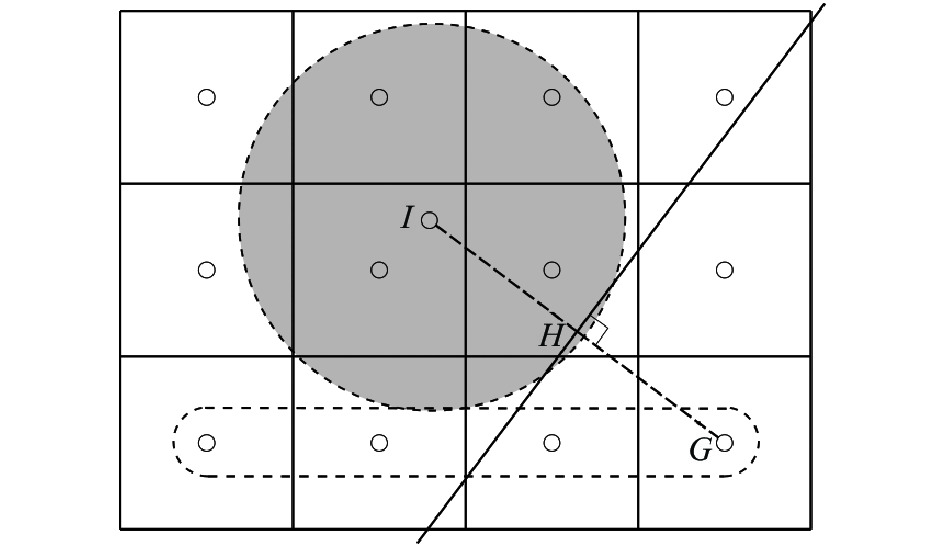
 下载:
下载:
